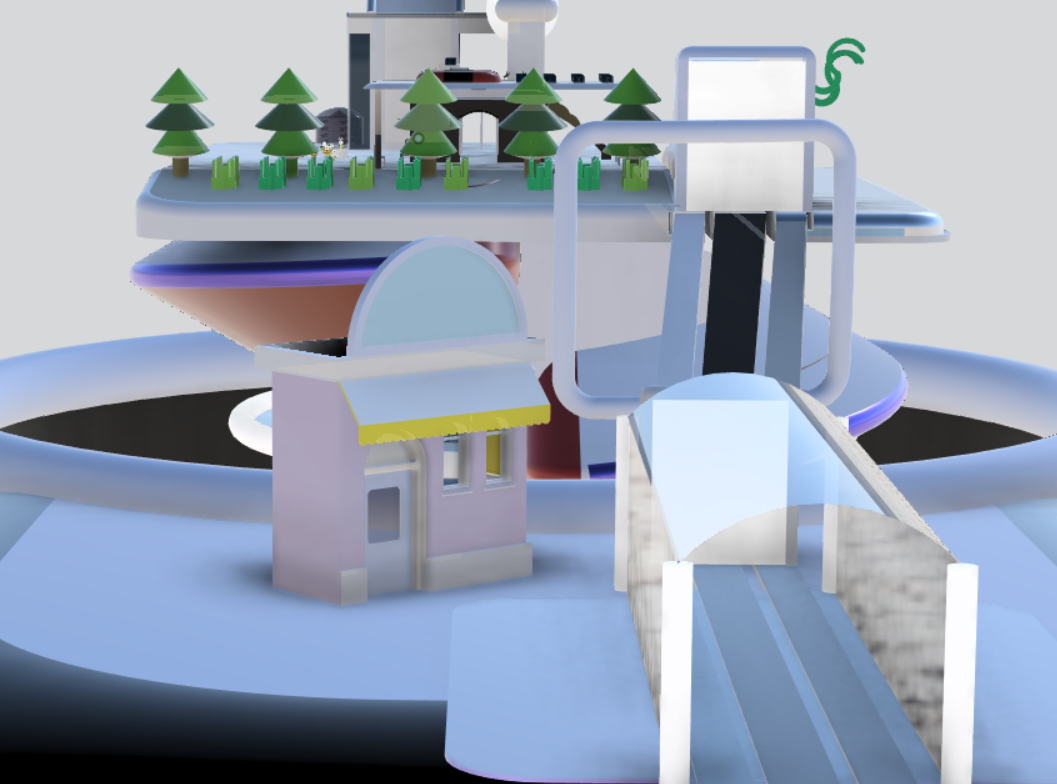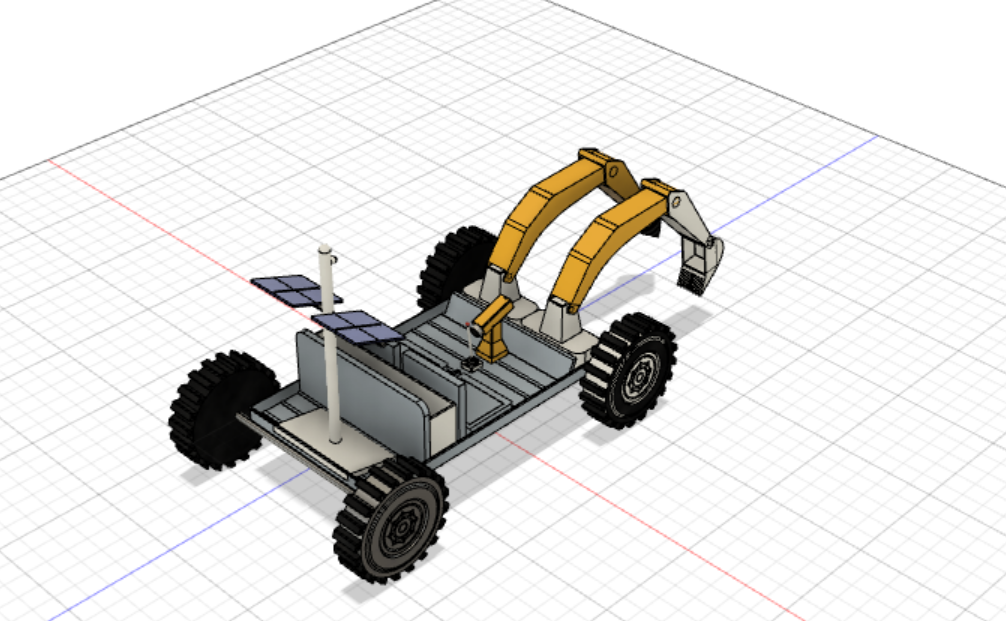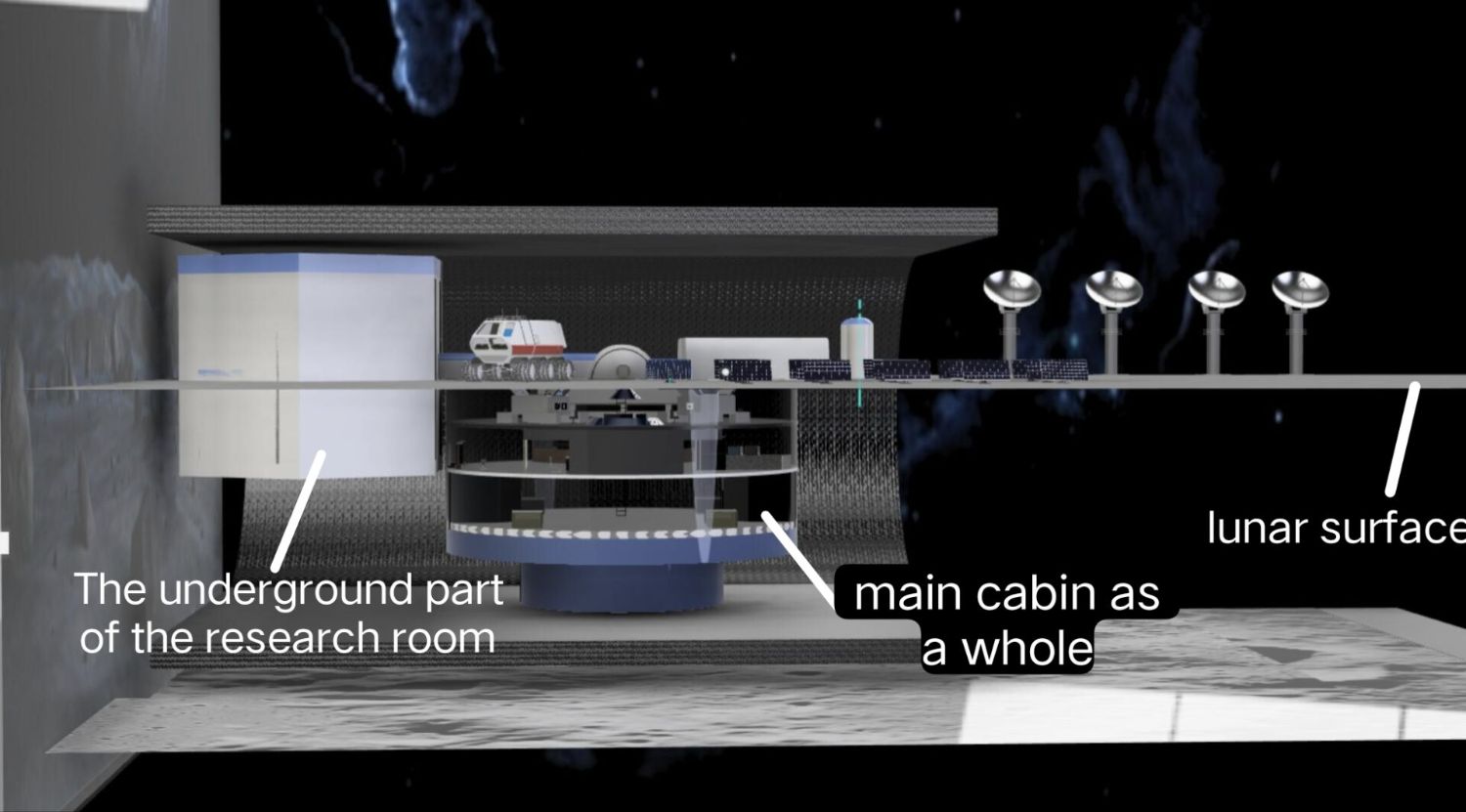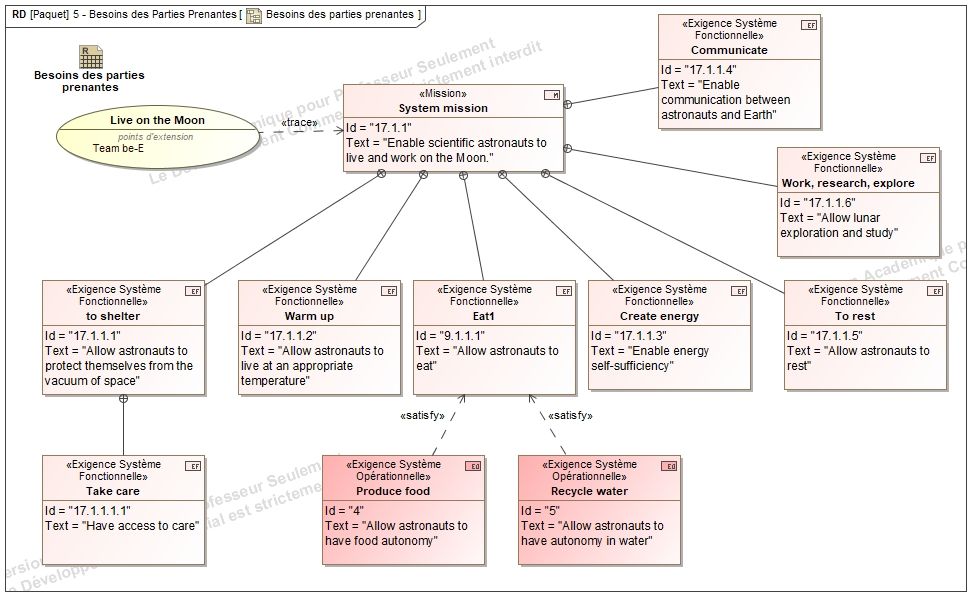Moon Camp Pioneers Gallery 2021-2022
In Moon Camp Pioneers each team’s mission is to 3D design a complete Moon Camp using Fusion 360. They also have to explain how they will use local resources, protect astronauts from the dangerous of space and describe the living and working facilities.
Team: Starry Sky
Shanghai Qingpu Senior High School Shanghai China 15, 16 6 / 3
External viewer for 3d project
|
Project description
The lunar base we designed aims to become a new base for scientific research and exploration. Due to the development and use of special gravity conversion devices, the moon will be converted into an environment similar to that of the earth. Two astronauts will conduct Scientific research, exploring more energy use on the moon, reporting research on everyday life. The lunar camp will also serve as a “service station” for long-term scientific energy exploration. |
|||
|
2.1 Where do you want to build your Moon Camp?
We will build a lunar camp in the north of the south pole of the moon, because there is perpetual daylight and sufficient sunlight, which provides great convenience for solar power generation and the necessary conditions for the growth of plants. And the location is biased to the north, facing the earth, which is convenient for communication. The soil there is brittle and easy to excavate. The craters have moisture present, with abundant frozen (solid) water, such as young ice mines, providing water. 2.2 How do you plan to build your Moon Camp? Describe the techniques, materials and your design choices.
In the initial stage, we will build a rocket with aluminum alloy and composite materials, and transport astronauts, the most basic living facilities, 3D printers, food, soil and other items through the rocket. The spacecraft can achieve a smooth and accurate landing. After the astronauts land, they will build a mechanical assistant and complete the construction of the camp together with them. First build a gravity device and then excavate the lunar soil, and implement both the ground and the underground at the same time. The lunar soil will be used for the construction of some camps, and another part of the soil will be transformed into other building materials through 3D printing technology. 2.3 The environment on the Moon is very dangerous for the astronauts. Explain how your Moon Camp will protect them. (maximum 150 words)
In order to prevent astronauts in space from being attacked by meteorites of different sizes that attack from time to time in the universe, and the very low temperature on the moon, a protective shield will be set up outside the lunar camp. The protective cover is composed of a double-layer water film vacuum with quartz glass outside, which can resist the attack of meteorites, and at the same time, it uses the characteristics of water’s large specific heat capacity to effectively keep warm. In addition, impurities in quartz can interfere with electromagnetic radiation, resist UV light, and reduce the UV transparency of the glass over time, and can also absorb UV light. If there is no attack, the water film will not continuously consume water resources. At the same time, if the astronaut is sick, the medical equipment on the spacecraft will re-test the data. After a clear diagnosis, the doctor will issue a prescription and upload it to space, and instruct the astronaut to dispose of or take medicine. There are also psychological counseling machines. |
|||
|
2.4 Explain how your Moon Camp will provide the astronauts with:
|
Water
|
Food
|
Power
|
Air
|
|
Water exists in oblique silica meteorites and in the middle and low latitudes of the moon. The water content of lunar soil is 120 ppm, and the water content of lunar rocks is 180 ppm. Water also exists in the permanently shadowed areas of the north and south poles. First, use mechanical claws to dig underground ice cubes, and the lunar rover will concentrate solar radiation and other radiation into the lunar water ice, which will evaporate the water ice material and transport it to the living area pipeline through the transport device in the collector for pretreatment. After treatment,the processed water is collected through the condensation and drying components, and then enters the pipeline in the living area, and is converted into the water dispenser and is distinguish between hot and cold. The set of device not only circulates water, but also reduces water consumption. |
Before astronauts set foot in space, they will prepare some vacuum-packed food in the storage room. These foods are easy to eat and can also provide astronauts with a lot of energy, such as compressed food, or can supplement the elements, molecules, Such as protein-rich foods, these foods will be added to the astronauts’ daily meals to provide nutrition and energy. On the moon, due to the high concentration of carbon dioxide, combined with photosynthesis, it provides algae with oxygen and nutrients. Since algae are resistant to severe cold, have thick shells, and have carotenoid-rich cysts, we use algae. We use some algae and plants from the lunar camp planting technology experimental base. These algae plants can be eaten after special treatment, such as algae water spray cleaning technology, outer space microwave technology, etc. |
In view of the thin atmosphere of the moon, the solar energy can be fully utilized. First, install the solar panels directly. The solar panels will be installed outside the camp and change direction with the sunlight. Secondly, similar to thermal power generation, use multiple mirrors to focus the sunlight into a transparent tank. Put some relatively stable liquid with a boiling point slightly higher than normal temperature inside, and the liquid boils and rises to drive the turbine to generate electricity. We also consider using microwaves to directly transmit electricity from the earth to the communication antenna. Meanwhile, drills on the lunar rover extract helium-3 from the soil. |
Melt some of the entrained calcium oxide and leave the lunar soil in a calcium oxide melt electrolyte, through which oxygen ions flow and produce oxygen at an energized anode. In addition, the lunar soil is rich in calcium oxide. The lunar soil is collected by the collection vehicle, some of which are used for experimental research, and the rest will be transported to the laboratory, where electrolysis is performed to obtain oxygen, and the obtained oxygen will be stored in in the gas tank. In addition to oxygen, a smaller amount of other gas production is also carried out, such as when low carbon dioxide levels in plants are observed, carbon dioxide production is carried out to ensure that daily life and items in the camp are carried out on a normal track. |
|
2.5 Explain what would be the main purpose of your Moon Camp.
To lay the foundation for the construction of a larger lunar base, such as the practice of gravity devices to determine the optimal level of astronauts, and the regulation of oxygen levels. In order for people to explore how to better adapt to the space environment after scientific research in the lunar camp, it not only provides samples for the simulation of the environment on the earth, but also from the perspective of people’s physical adaptation ,provides new ideas, for the exploration of the moon and other planets. |
|||
|
3.1 Describe a day on the Moon for your Moon Camp astronaut crew.
在月球营地的几天工作和研究中,宇航员的日程安排会比较规律。清晨,宇航员们在一缕缕阳光中醒来,大约是早上 6 点。然后他要做的第一件事就是洗漱——就像在地球上一样。洗漱完毕,两人一起吃早餐。出于营养需求,早餐通常会安排一些蔬菜沙拉和必需的营养素,如蛋白质和糖,并坚持适度和简单的原则。体力充足后,航天员需要在营地进行一次全方位的巡逻。这次巡逻的主要任务是启动和准备一些特定的仪器。如果发现故障,宇航员会立即去 3D 打印机前进行一些准备。零件和及时修理。一切准备就绪后,宇航员将进行大约 30-60 分钟的锻炼。早上准备部分3D打印零件进行复制,在种植区进行采样、观察和采摘,时间约60-90分钟。接下来是休息时间,在此期间宇航员可以放松一下,也许可以观看比赛。11:00 左右准备午餐。相比早餐,午餐在保证营养补充完整的前提下会更加丰富。午饭后,航天员还会有30分钟左右的休息时间,然后每天进行30-45分钟的锻炼。下午剩下的时间,航天员们将全身心投入到我们测试空气等实验研究中,并记录实验结果。16:30左右,航天员可以再次休息,17:15准备晚餐。夜幕降临时,宇航员’ 劳累的一天即将结束,但在休息之前,他会将实验结果进行统计和整合,并通过传输设备将它们报告给地球。完成后,具体仪器将再次大修。这次的主要目的是检查故障并关闭各种仪器,然后运动30-45分钟,完成沐浴。其余时间,航天员可以进行适量的休息,调整一天的疲劳,22:00左右洗漱睡觉。然后运动30-45分钟,完成沐浴。其余时间,航天员可以进行适量的休息,调整一天的疲劳,22:00左右洗漱睡觉。然后运动30-45分钟,完成沐浴。其余时间,航天员可以进行适量的休息,调整一天的疲劳,22:00左右洗漱睡觉。 |
|||




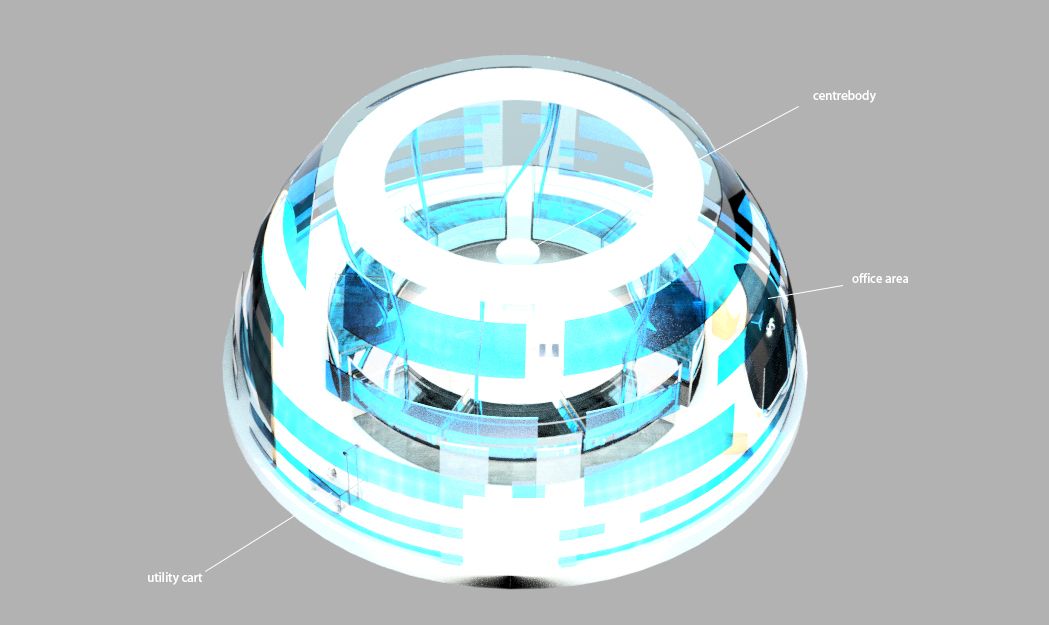
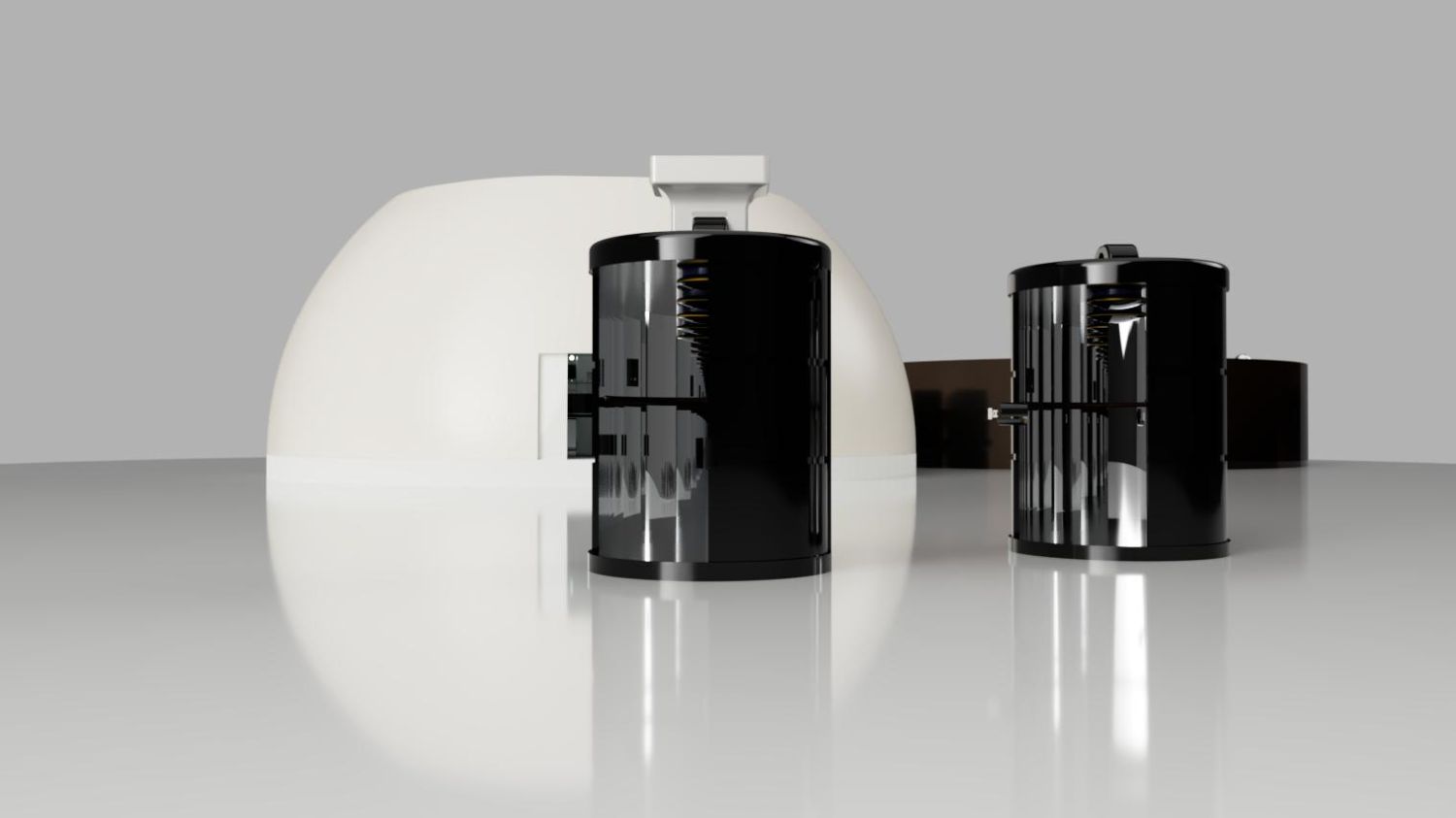
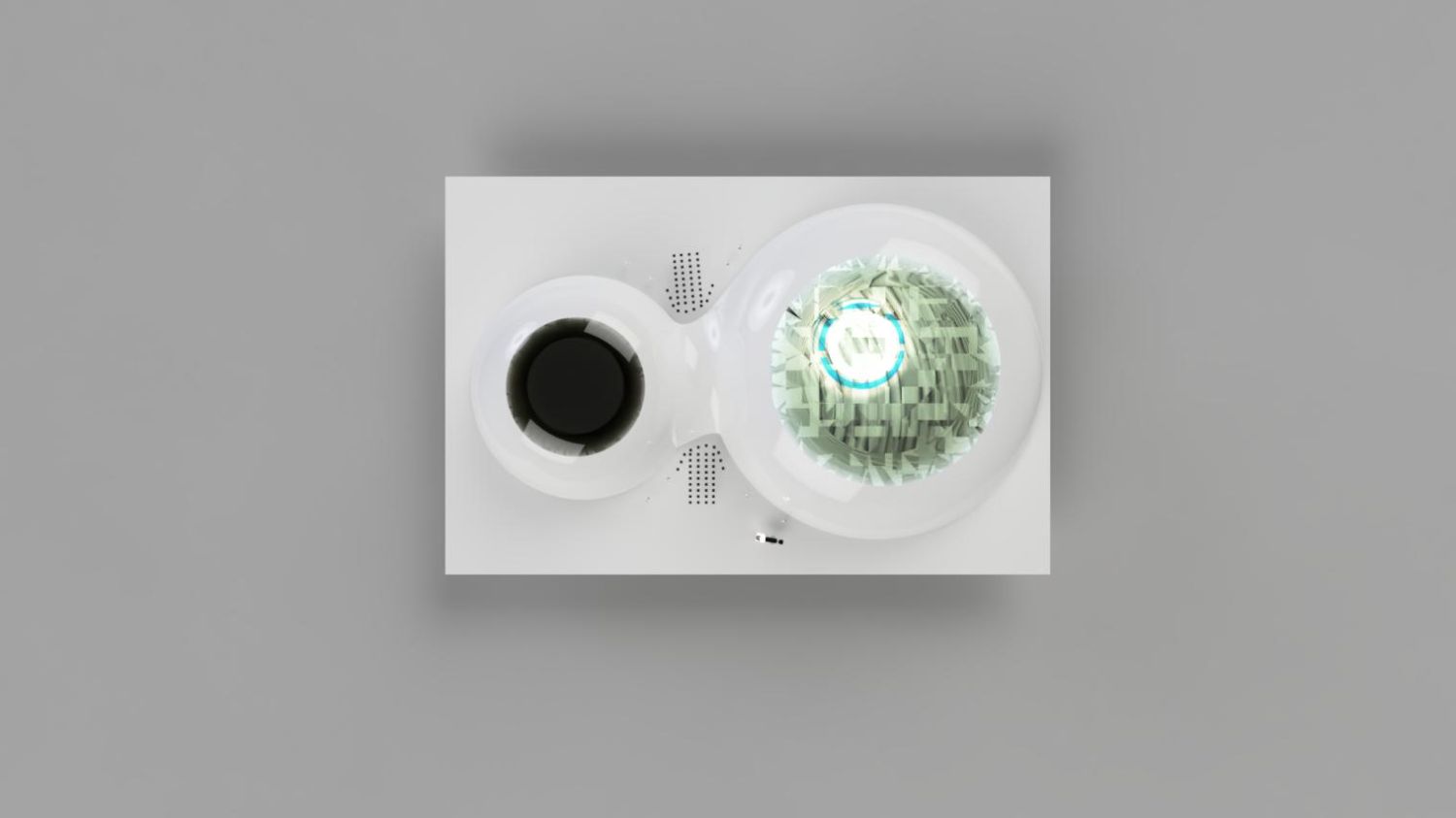
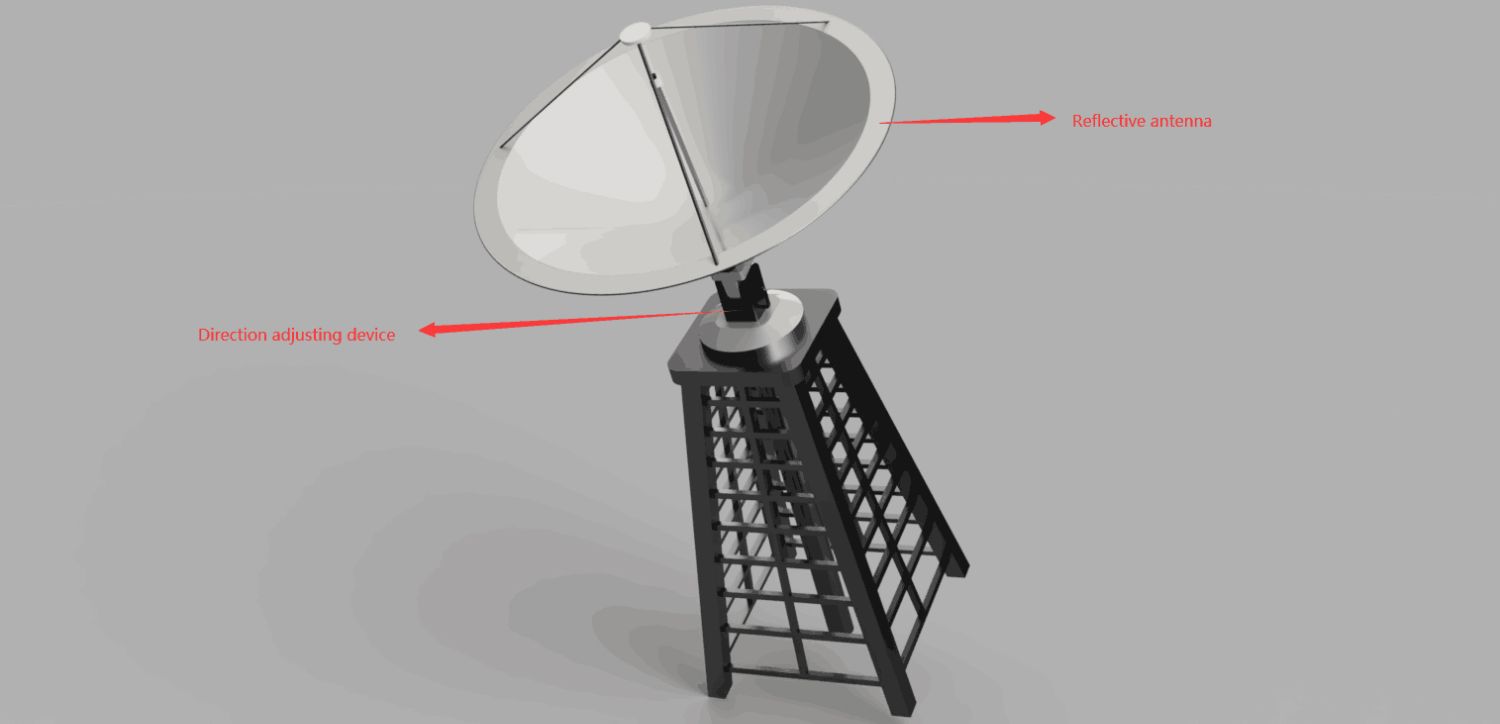
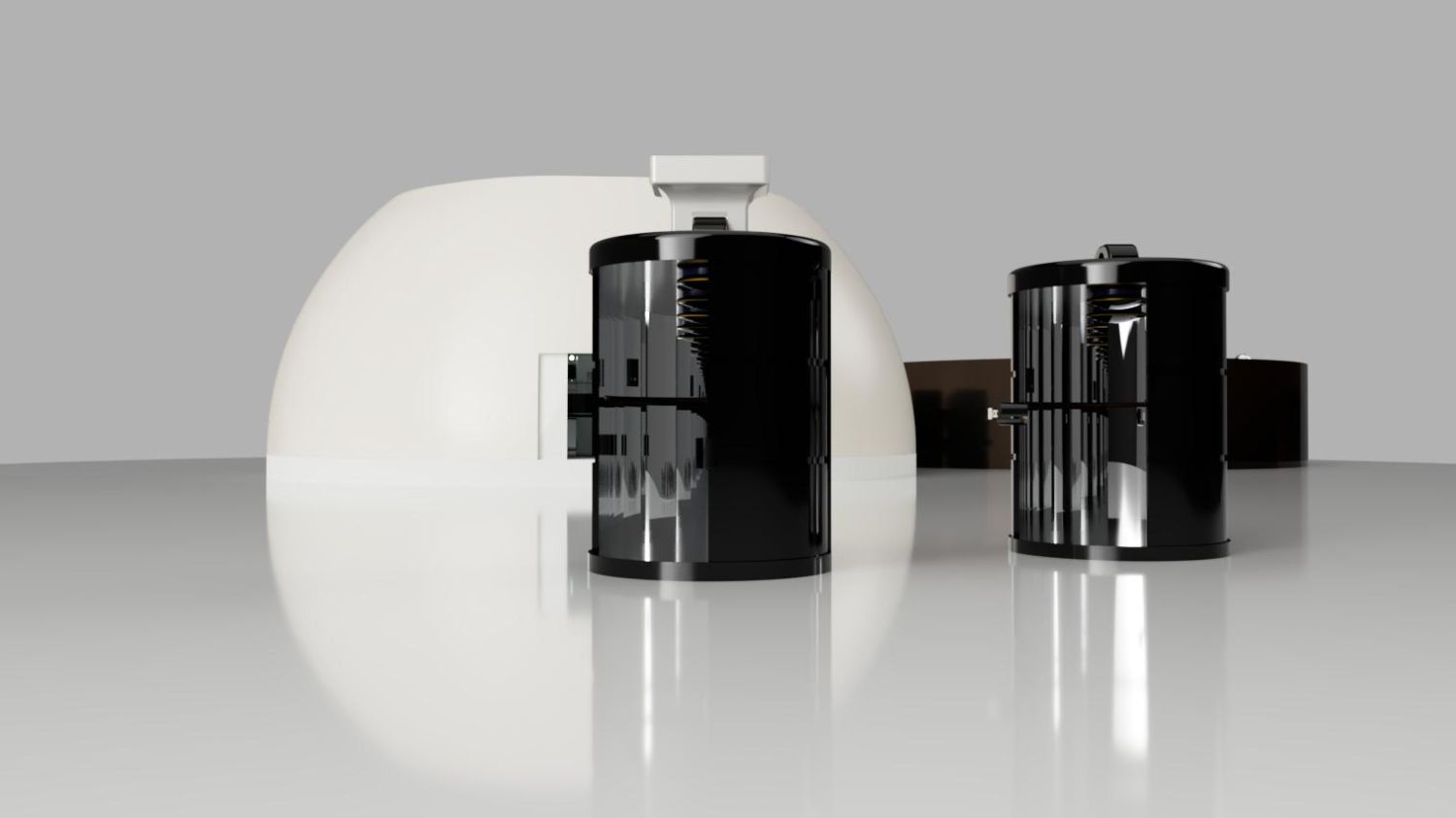
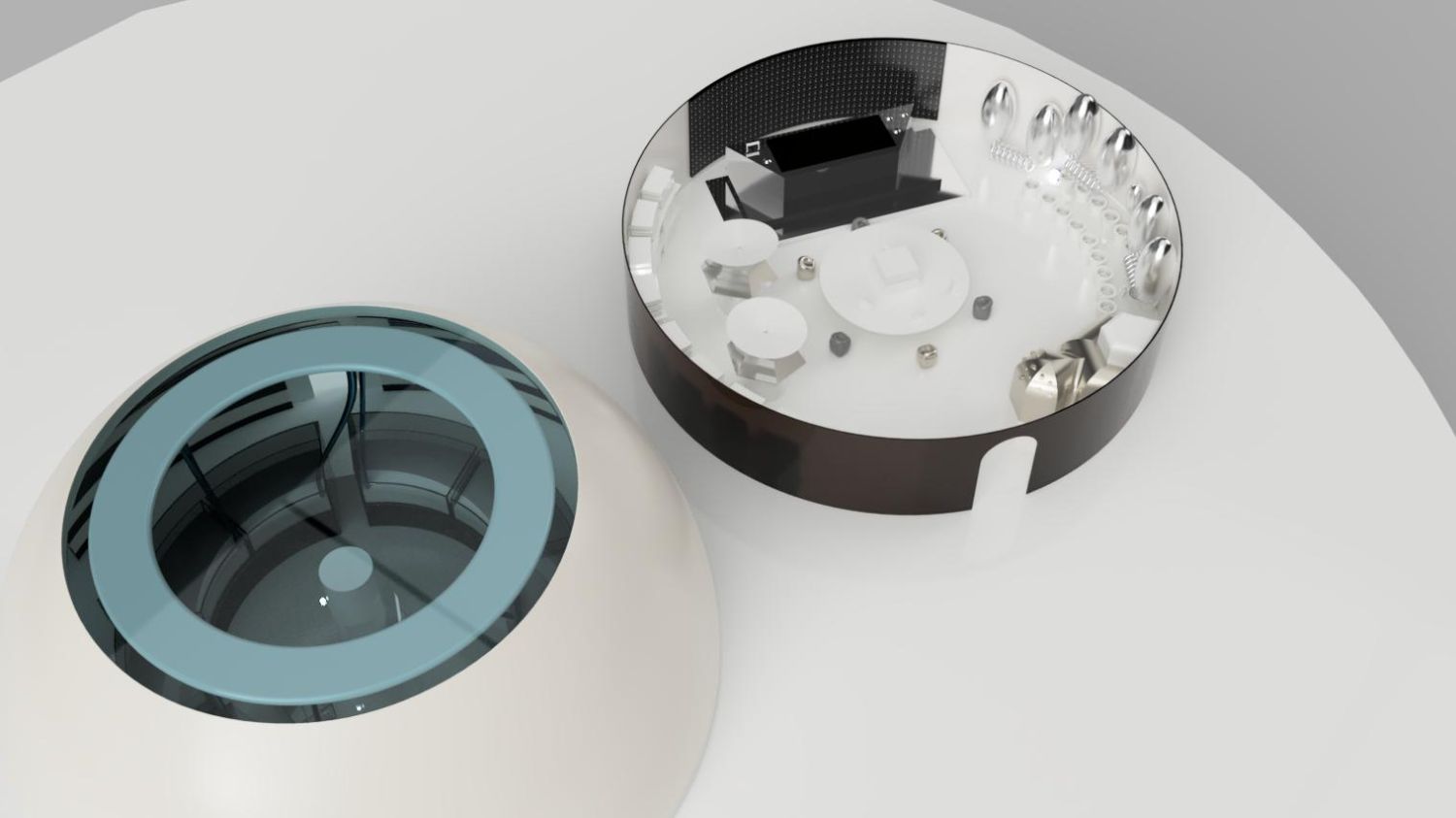
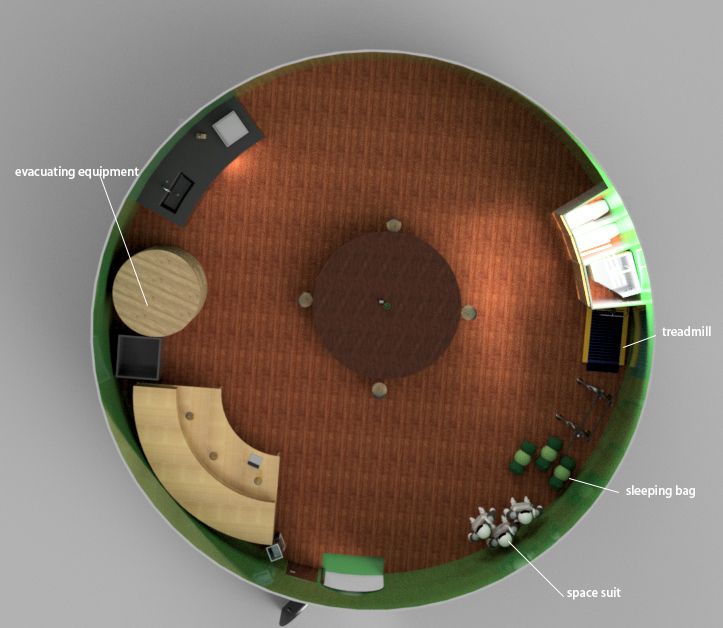




-1.jpg)

